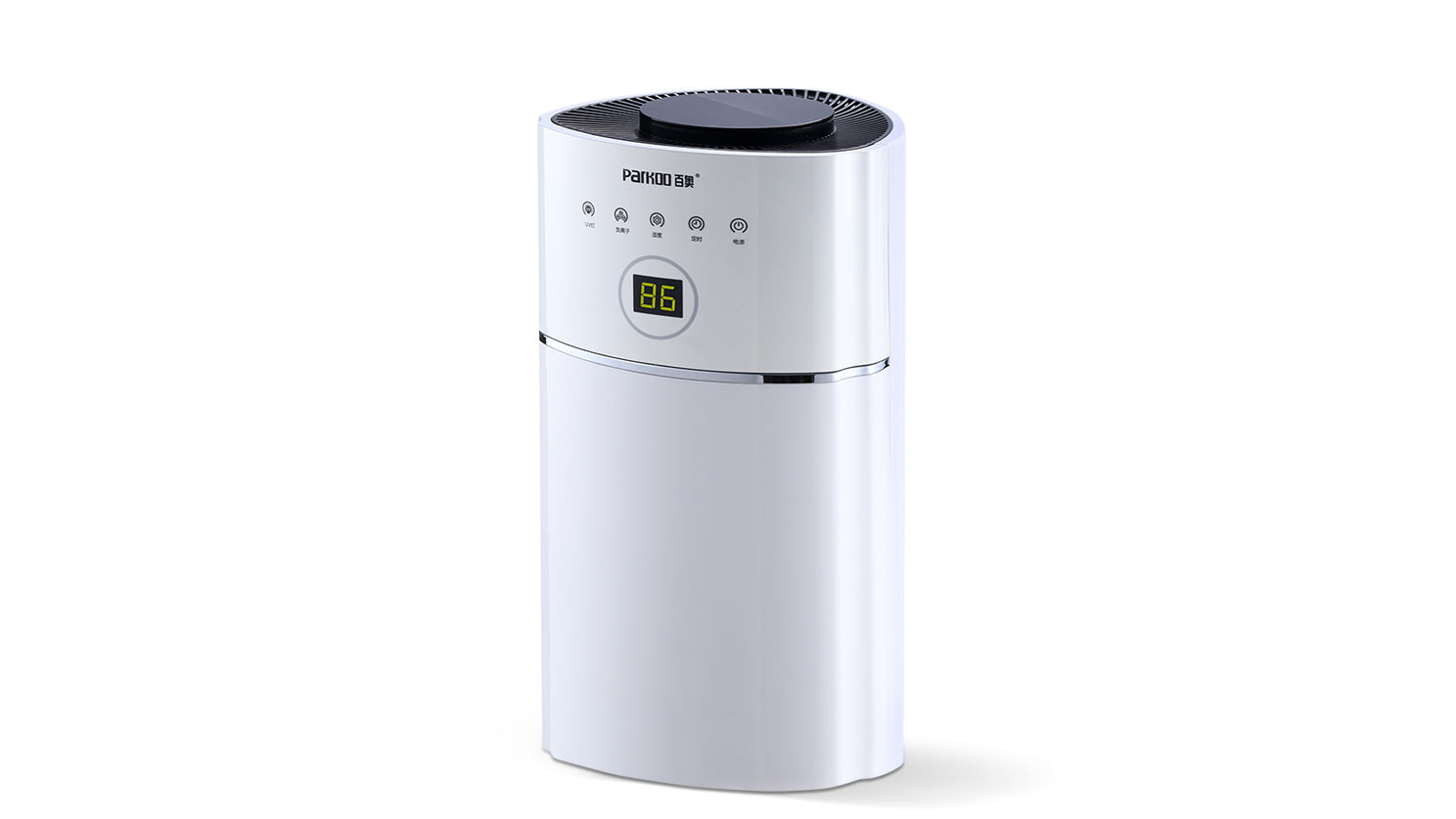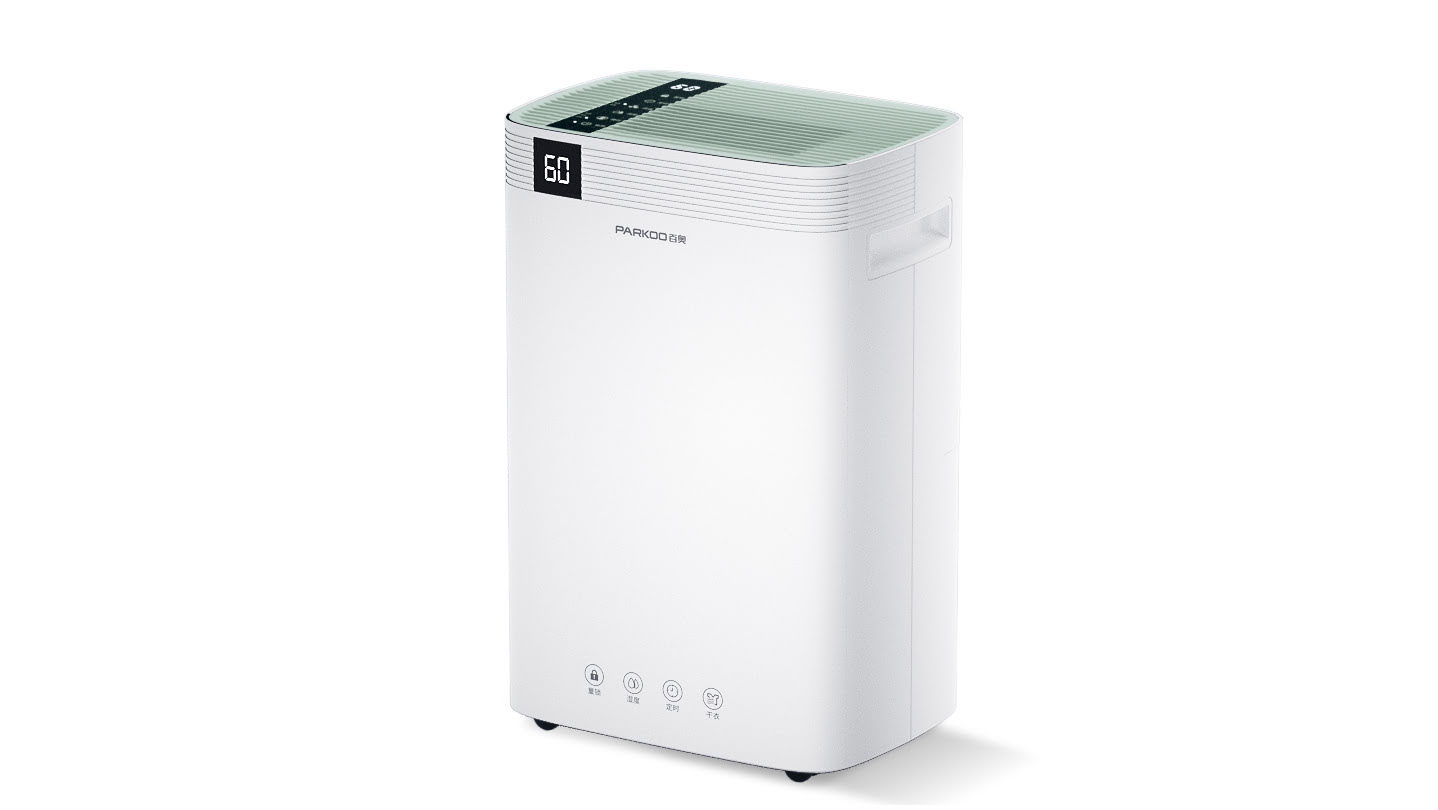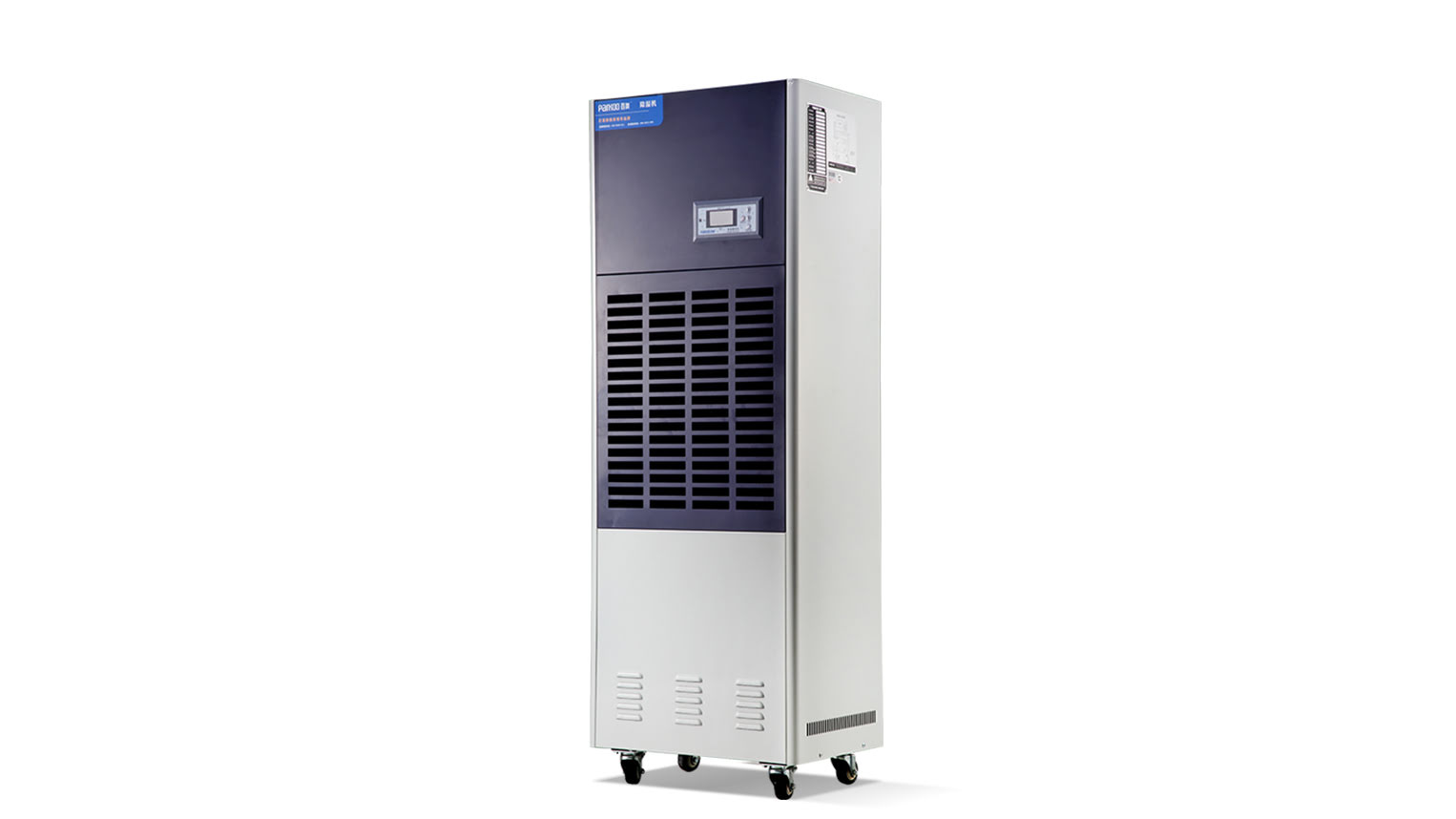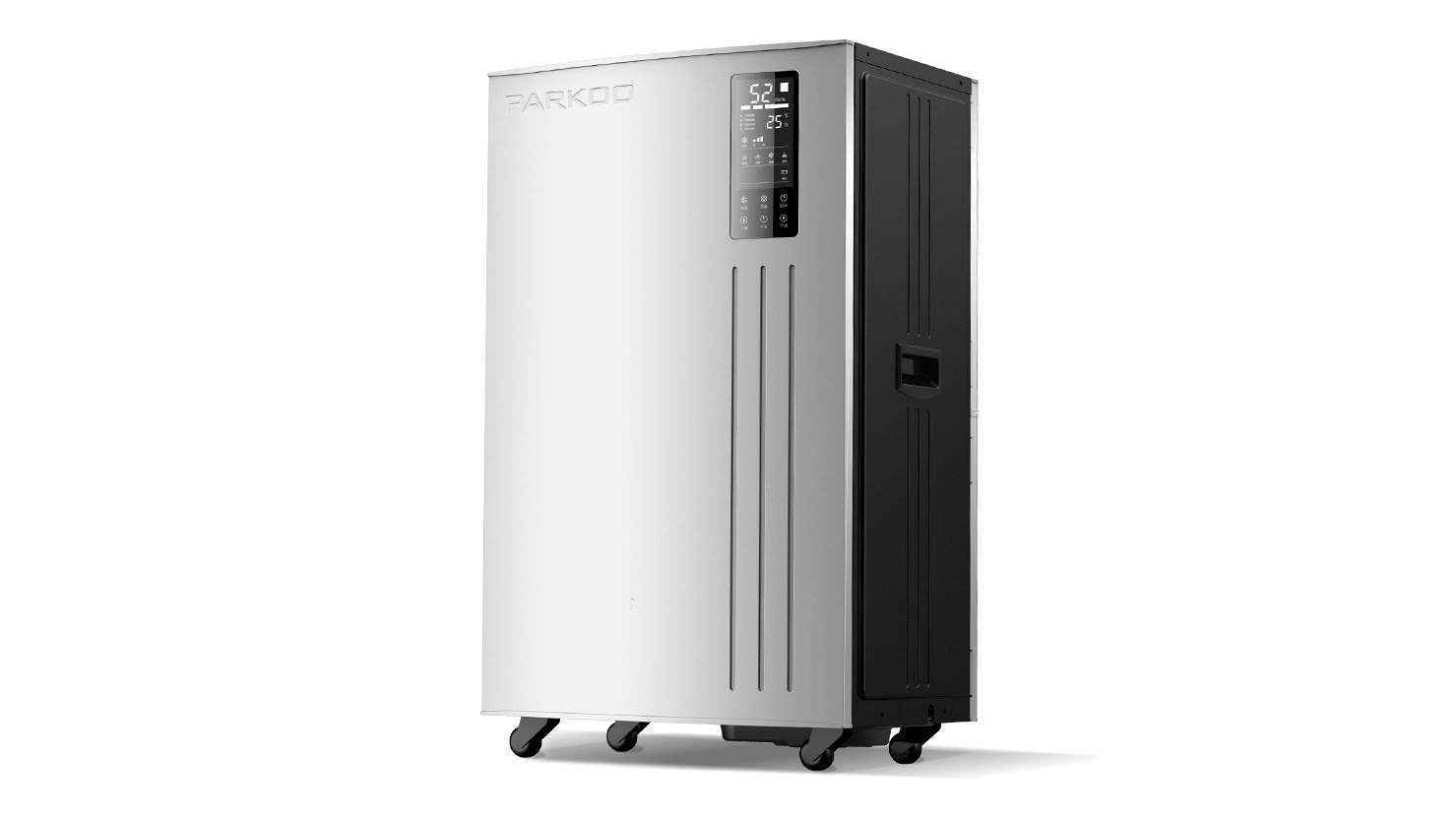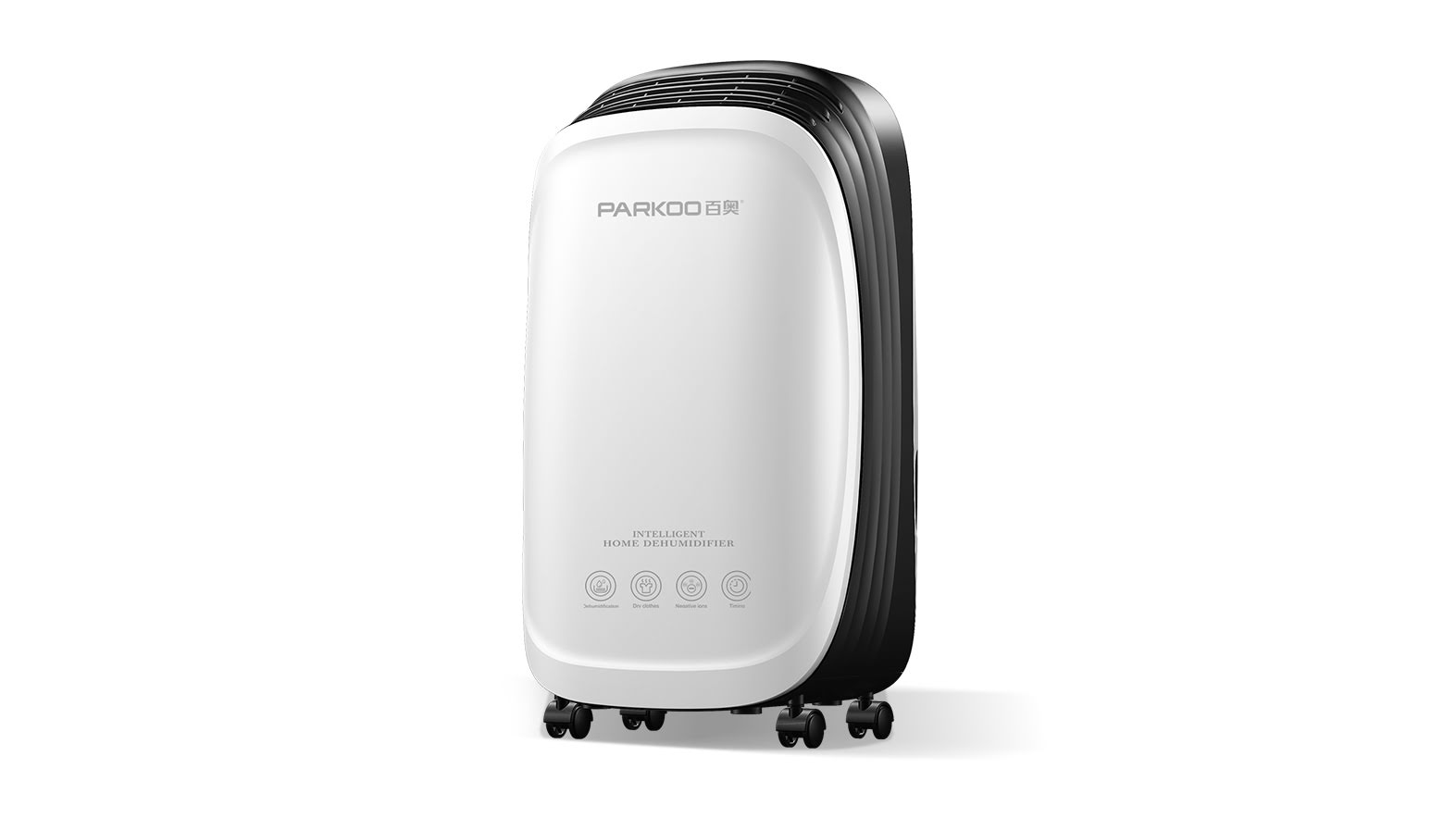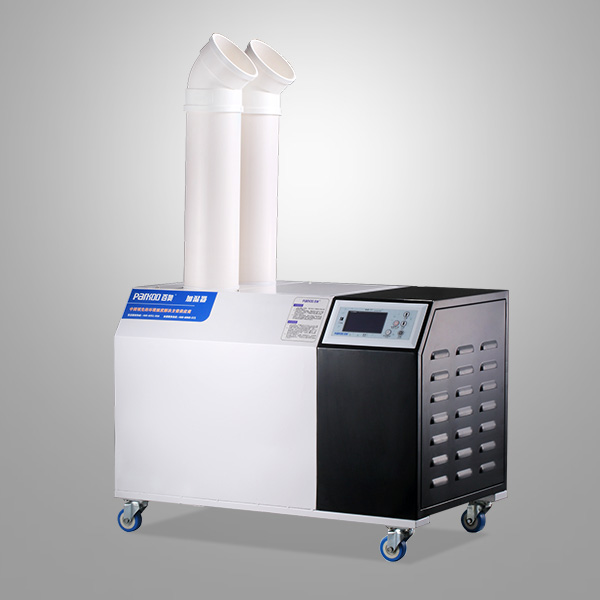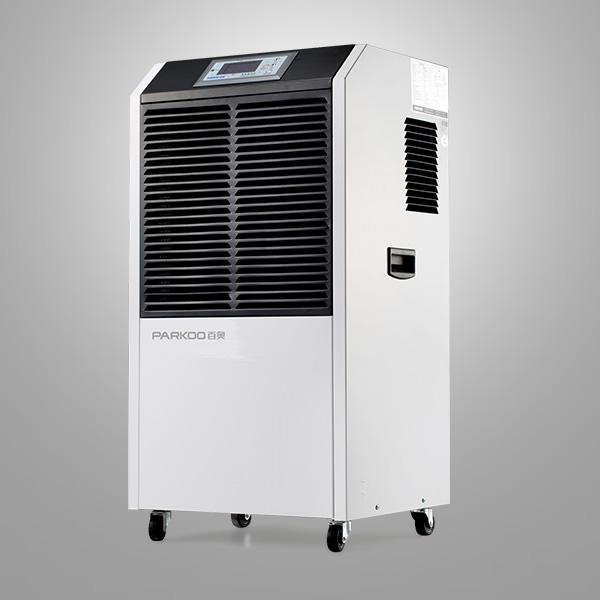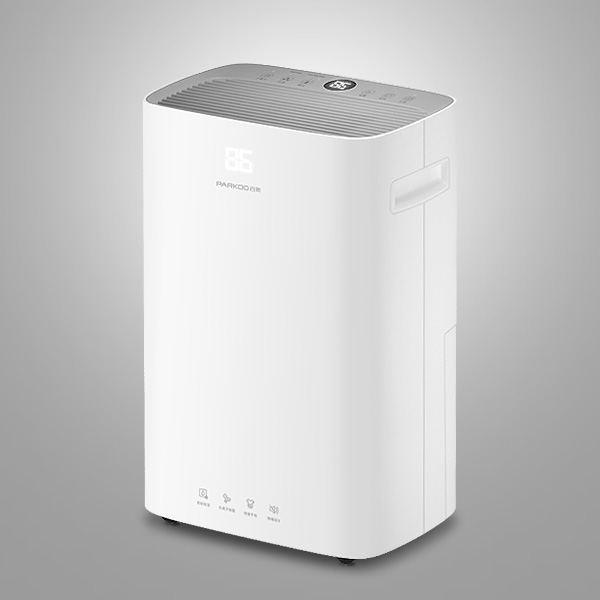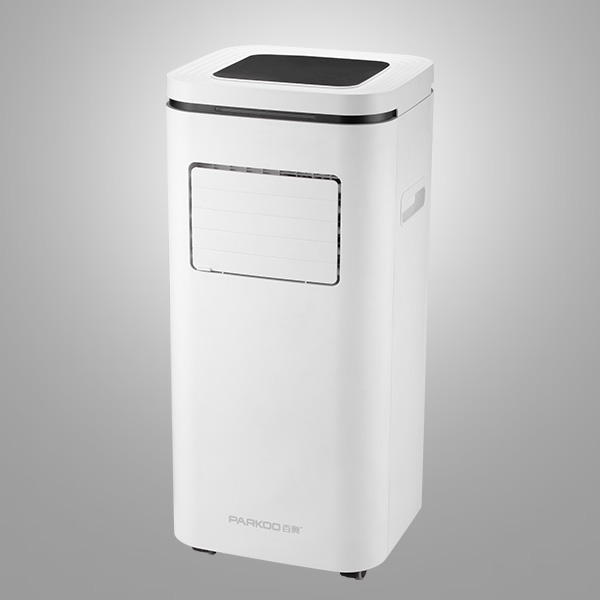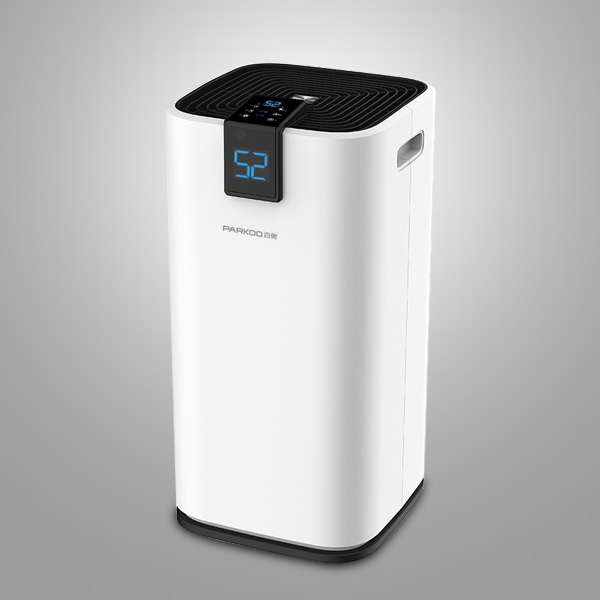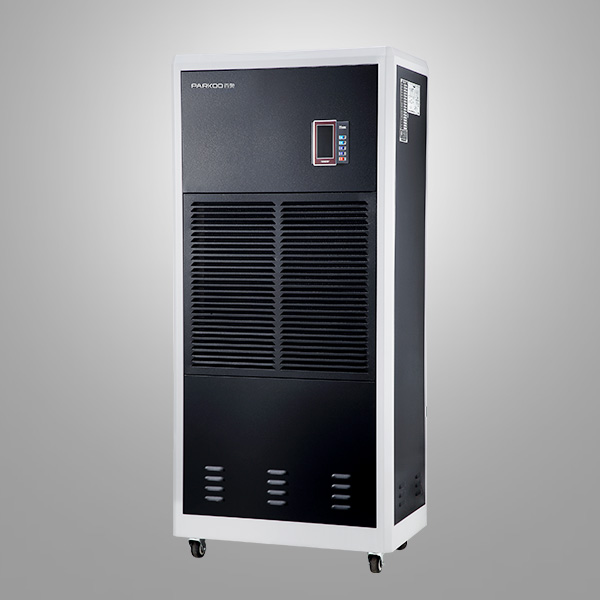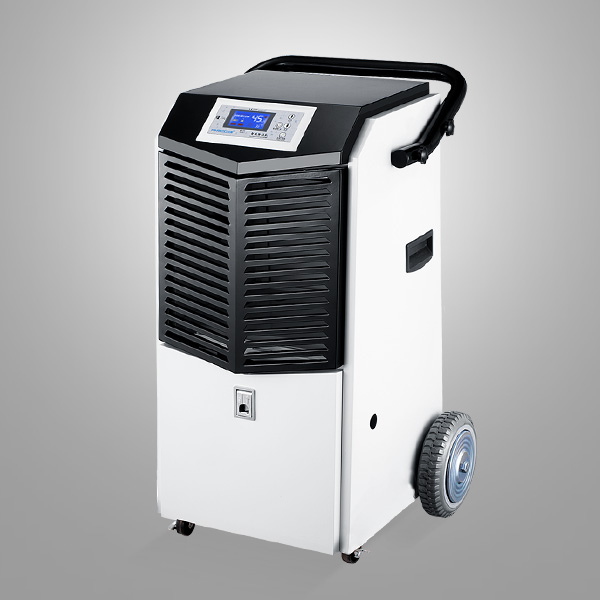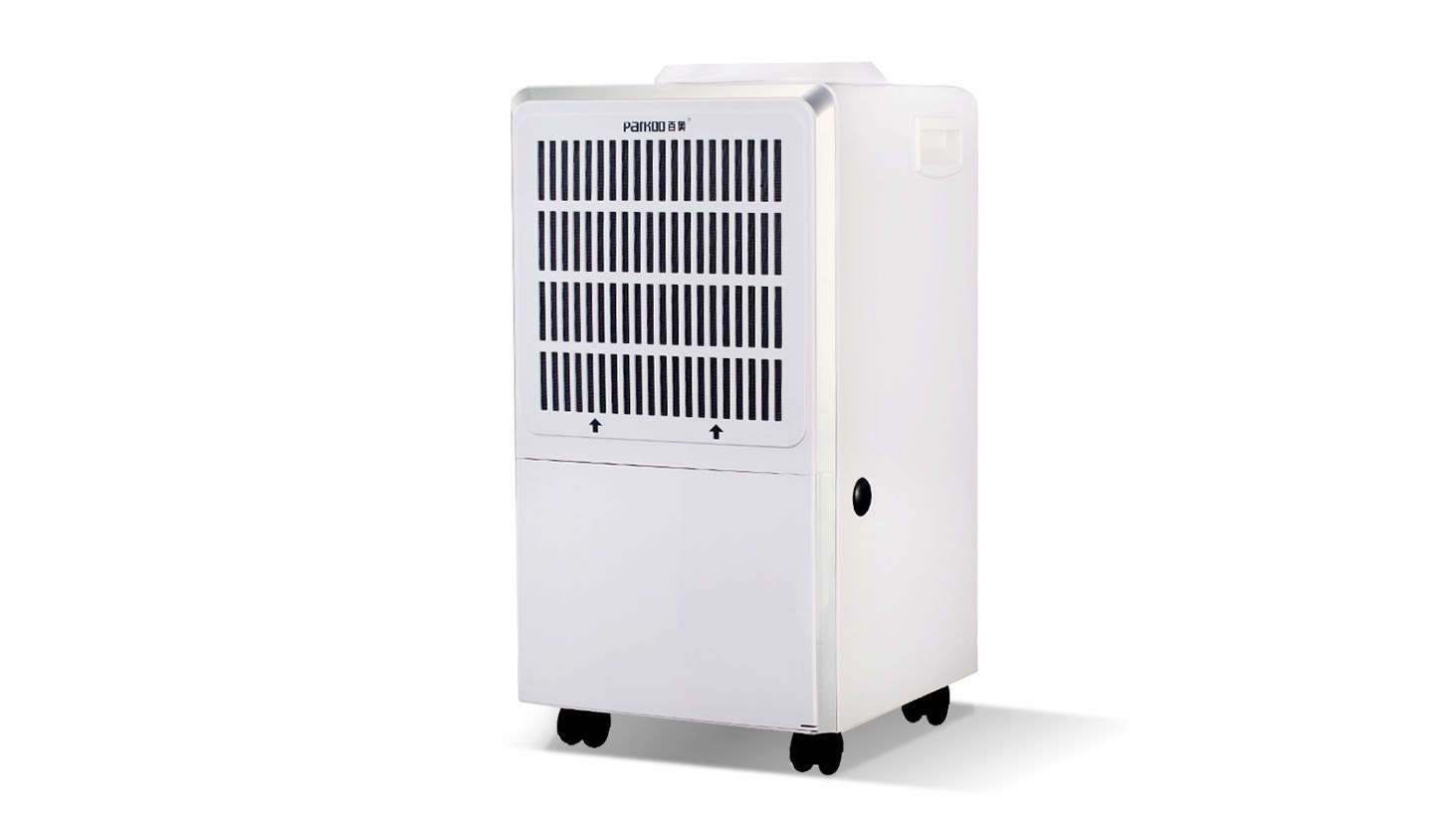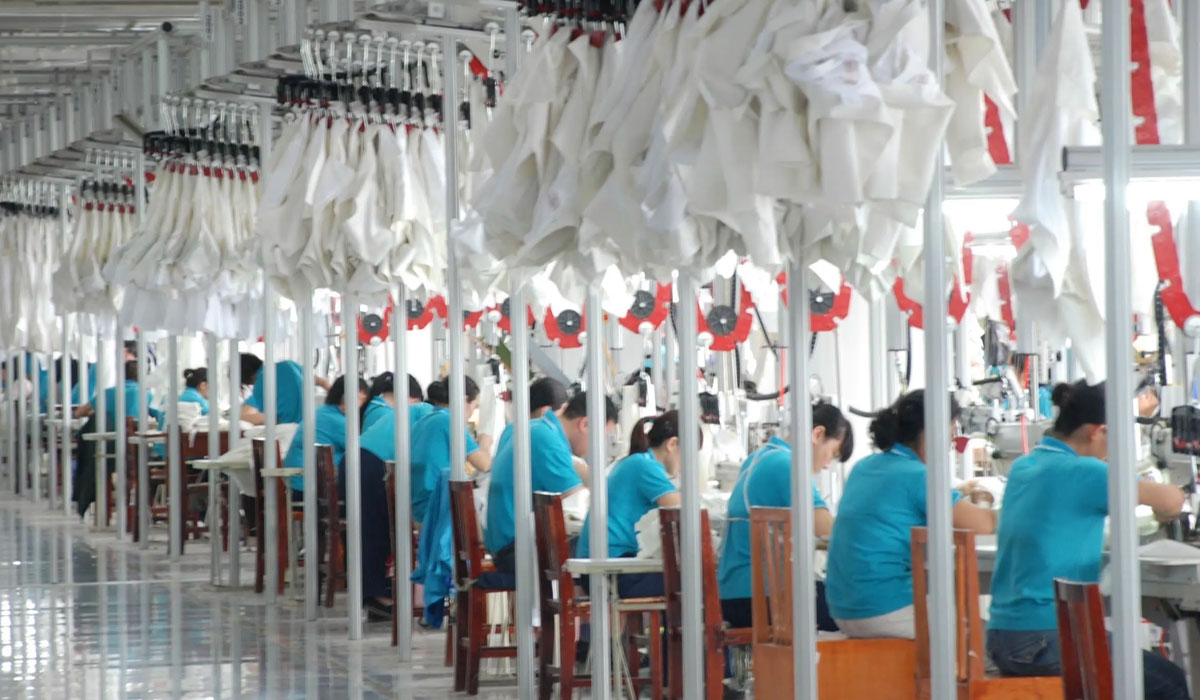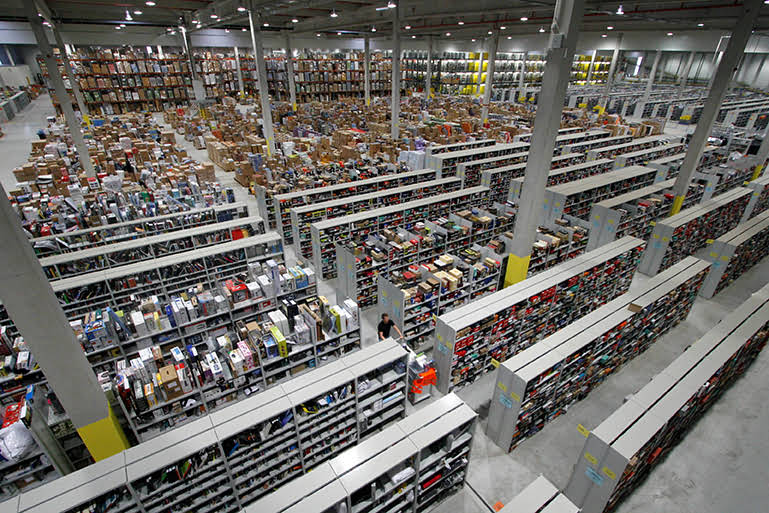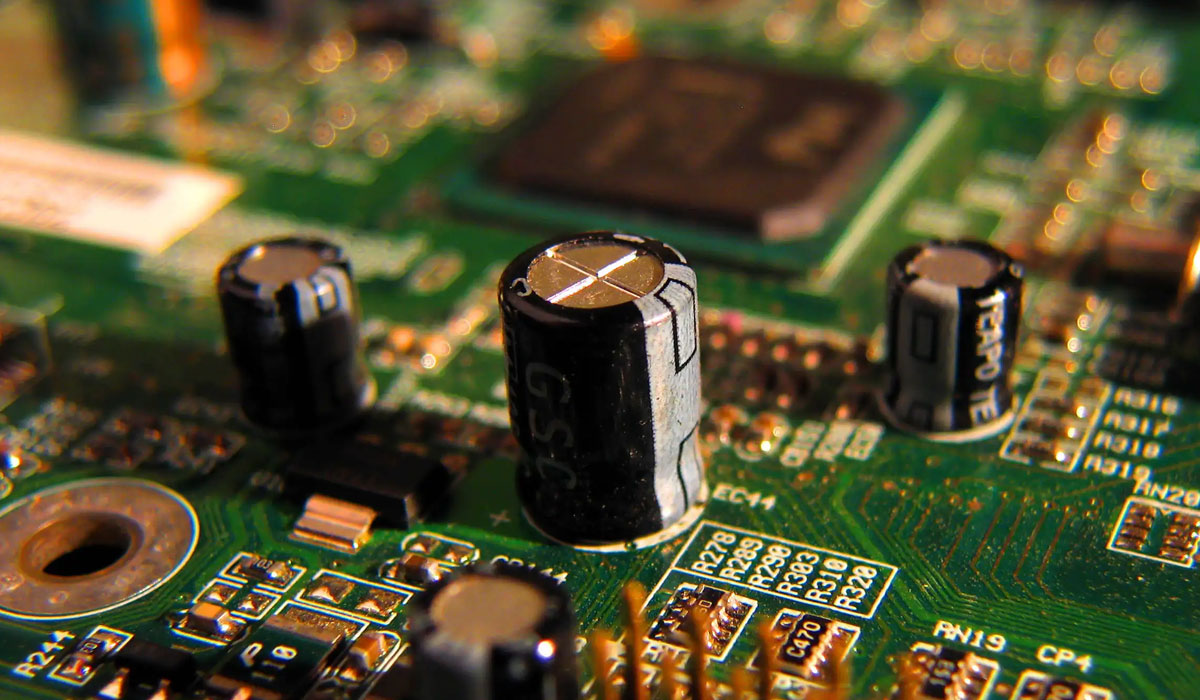Drying is a crucial step in the process of making sausages, especially during the initial stage of production. Some people may say, why not quickly dry the sausage as it will remove moisture
There are basically two reasons:
1. The outer layer of the sausage cannot harden as it may prevent the removal of residual moisture. Slicing sausages may affect the solidification of the outer layer
2. Naturally occurring in meat, bacteria and/or introduced Fermentation starter cultures need water and can metabolize sugar and produce lactic acid that reduces pH for a period of time. They will not reproduce within a second and begin to produce a large amount of acid. Similar to yeast fermented wine, these bacteria need some time to adapt to this new environment. They continue to eat sugar, and only when they agree can we do some serious work
Even if we can quickly dry sausages without hardening their surface, we can suppress beneficial bacteria by removing the necessary water to complete the job. The only possibility is to use chemical reactions such as adding GDL or citric acid to lower the pH value. This method does not rely on bacteria, but unfortunately it increases the acidity too much, making sausages inedible. The removal of water during the fermentation process (which is part of the drying process) must be carried out slowly.
The water activity (Aw) in sausages can be reduced faster, and these sausages contain thinner fat than sausages. Fat only contains about 10% water, and a fatter sausage has a smaller proportion and less water content. It will dry faster The drying process has basically begun in the fermentation stage and the humidity remains at a high level of about 92%. The air flow rate is very fast (0.8 meters/second), which can quickly remove moisture, but high humidity levels will moisturize the surface of the casing and prevent it from hardening. After approximately 48 hours, the fermentation phase ends, but drying continues to remove more water from the sausage. As Aw decreases, the humidity decreases to approximately 0.85-90%. Maintaining the previous rapid air flow may harden the surface of the shell, resulting in a decrease in air speed of approximately 0.5 meters per second (walking slowly at 1.8 miles per hour). The decrease in temperature creates unfavorable conditions for the growth of bacteria. At this point, the moderately fermented sausage will be completed Slow fermented sausages require additional drying time, and the humidity decreases again, only a few percent below the moisture content of the sausages and falls within the range of 75-80%. The air flow rate drops again to approximately 1 foot per second. The temperature drops to 15 º C (60 º F), creating unfavorable conditions for bacterial growth. Under these conditions, depending on the diameter of the casing, the sausage will be kept in the drying room for an additional 4-8 weeks Dachshunds are microbial stable and can be maintained in the aforementioned environment for a long time. It should be stored in a dark room to prevent color changes and fat rancidity. The demand for airflow is very small now and can be kept to a minimum. Some airflow is popular because it inhibits the formation of mold. The temperature is set at 10-15 ° C (50-60 ° F). The humidity should be maintained at around 75%, as the lower the humidity, the drier the sausage will lose more weight. Higher humidity levels may create favorable conditions for the development of molds. If any mold develops, it can be easily wiped clean with water and vinegar as a solution. Dachshunds can also be cold smoked for a few hours, which will inhibit the growth of new molds. At these temperatures and humidity, the shelf life of sausages is almost infinite. According to the manufacturing method (drying time), the diameter of the casing, and the fat content in the sausage block, fermented sausage will lose 5-40% of its original weight Air speed is a factor that helps remove moisture and air, and of course, it also affects drying. At higher temperatures, sausages dry faster, but in order to prevent bacterial growth, drying must be carried out at lower temperatures, typically between 15-12 ° C (59-53 ° F). The drying speed is not fixed, but changes throughout the entire process: at the beginning of fermentation, the speed is the fastest and then slows down. At the beginning of fermentation, due to the high moisture content of the sausage, the humidity is very high. When Fermentation starter is used for culture, the temperature is the highest during fermentation, which accelerates the water escape from sausage. The surface of sausages contains a large amount of water and must be continuously removed, otherwise mucus will appear. If the sausage is soaked during the fermentation process, the humidity should be reduced. At the beginning of fermentation, apply the fastest air speed, approximately 0.8-1.0 meters per second. A speed of 3.6 kilometers per hour (2.2 miles per hour) is equivalent to a speed of 1 meter per second. Ideally, the amount of water removed should be equal to the amount of water moved to the surface
Ferment at high humidity (92-95%) to prevent Case-hardening. If the humidity is low and the air speed is fast, the water will evaporate from the surface so quickly that the water inside the sausage cannot enter the surface in a timely manner. The surface of the shell will harden, creating obstacles for the subsequent drying process. In slow fermented sausages, this can cause significant problems as the interior of the sausages may never dry and the product may spoil. As the sausage enters the drying stage, the internal moisture remains relatively low, and the humidity and wind speed decrease. About a week later, the air speed was only about 0.5 meters per second, and another week later it dropped to 0.1 meters per second (4 inches per second). During the drying process, it will remain below this value Quick dehumidification in rapidly fermented sausages is also detrimental. Lactic acid bacteria require water to grow, and if this water is suddenly removed, it will stop producing lactic acid that affects fermentation and product safety. The technology for manufacturing rapidly fermented sausages relies on pH rather than drying, and due to less drying, air speed control is less important. Dispersable sausage. Of course, the ground spread sausage ferments at 95% humidity, with an air speed of about 0.8 meters per second and a drop of about 0.1 meters per second every two days Fine ground and coated sausages ferment at approximately 90% humidity, but the air speed is slower. Due to their higher fat content (which helps with ductility), they require less water removal. It is much more difficult to manipulate water between small meat particles on its way to the surface, and the distance is also longer. As a result, less water reaches the surface, and an air velocity of approximately 0.1m/sec is usually sufficient
Rapid fermentation
Low price, low quality, shortest shelf life, strong and rich taste
Production time: 5-7 days
The technology of this product is based on a rapid decrease in pH (below 5.0 in just 2 days), making it stable. The pH value of the finished sausage is about 4.6-4.8, making it safe. Water activity (Aw) is a minor obstacle as there is not enough time to remove sufficient moisture through controlled drying. The Aw of the completed sausage is approximately 0.92
By adding quick acting sugar (dextrose) and/or GDL (Gluconic acid- δ- Lactones) accelerate the rapid action of Fermentation starter to reduce the pH value. The flavor is greatly influenced by the acidification of sausages and the spices used
Temperature: the initial fermentation temperature is very high, 26 º -30 º C (78 º -86 º F), which can rapidly ferment Fermentation starter. Some very fast cultures are aimed at fermentation temperatures up to 45 ° C (113 ° F)
Sodium nitrite (solidified 1) is used as the first line of defense against bacterial corruption. Nitrate is not used because there is not enough time to release nitrite
Medium fermentation
Compared with rapidly fermented sausages, the quality is better, the acidity is less, and usually the sausages taste better.
Production time: 4-6 weeks
The technology of this product is based on a moderate decrease in pH (below 5.0 at about 4 days), which is about 4.8 in the finished sausage. The production time is long enough and the water is dry enough to make the water activity (Aw) reach 0.93, making it resistant to Salmonella and Staphylococcus aureus. The flavor of the final product is due to acidification, the addition of spices, and the minor degree of natural processes (protein hydrolysis and fat decomposition) in the sausage (insufficient drying time)
Temperature: 22 º -25 º C, (70 º -77 º F) applied during the initial fermentation stage, at these temperatures, the performance of rapid acting bacterial cultures is slower
Sodium nitrite (solidification # 1) is the first barrier to prevent bacterial corruption. Due to the relatively short production time, nitrate is not required
Slow fermentation
High quality, traditionally made Italian sausages. They have never been completely acidified, which is why there is no such obvious acidity and odor in the rapid fermentation type. Due to the long drying time, many natural biochemical reactions occur within the meat, resulting in the development of the desired classic sausage flavor for salami sausages, some of which are cheese and moldy
Production time: For a 45mm casing (6 weeks or longer) (a very large diameter sausage may take 5, 8 months, or even a year)
The technology of this product is based on the drying process (reducing Aw Water activity) and very slow pH decline (almost not to 5.2), which will be reversed (increased) later with the drying process. The slow decrease in pH allows sufficient time for Micrococcus to react with nitrate. Results It was necessary for nitrate to release nitrite:
Control the proper color of Cl. botulinum
Improve the taste
The Aw of the finished sausage was between 0.82 and 0.88, and the pH value of the finished sausage was about 5.3-6.0 (the initial pH value of the meat used for processing was about 5.8). Although the final pH value may appear high, due to its low water content (low Aw), sausages are very microbiologically stable
Temperature: 16 º -20 º C, (62 º -68 º F) used during the fermentation phase
Add Sodium nitrate or Sodium nitrite and Sodium nitrate (curing agent # 2)
Sausage drying process
How does a high-temperature sausage dryer produce high-quality sausages? According to the experience of drying projects of several sausage processing plants, parkoo dehumidifier, taking the three heat pump sausage dryers used by Guangdong Jiangmen sausage factory as an example, summarizes the following three core stages that cannot be ignored for reference:
1. The constant speed drying stage of sausage dryer preheating stage
This is the first stage of sausage drying, It is also a very critical stage, lasting for 5 to 6 hours. Within two hours after the bundled sausages are loaded into the heat pump drying room, the temperature quickly rises to 60 to 65 degrees Celsius without the need for dehumidification. This process mainly serves as a fermentation process to control the discoloration and flavor of the meat. This is what we call the preheating stage. After preheating, adjust the temperature to 45 to 50 degrees, and control the humidity within the range of 50% to 55%. Attention: When drying sausages, the temperature should not be too high. If it is above 65 degrees, the sausages may experience oil dripping. Moreover, if the temperature exceeds 68 degrees Celsius for a long time during the drying of sausages, they will rot
2. The deceleration drying stage of the sausage dryer - the setting stage
This is the second stage of sausage drying, which can also be said to be the setting stage.
. The control of the coloring period and shrinkage setting period should be controlled at a temperature of 52 to 54 degrees Celsius, humidity of about 45%, and time of 3 to 4 hours. The sausage gradually changes from light red to bright red, and the casing begins to contract. At this time, it is important to pay attention to the appearance of hard shells, which can be used alternately cold and hot, with good results3. Quick drying stage of sausage dryer - Enhanced drying stage
The main limiting factor in this stage is temperature. In order to enhance the drying speed, the temperature should be increased to 60 to 62 degrees, the drying time should be controlled within 10 to 12 hours, and the relative humidity should be controlled at around 38%. The final drying humidity of sausages should be controlled below 17% After debugging and controlling the drying equipment indicators in the above stages, the dried sausages have a smooth and natural red color, with snow-white fat and uniform stripes. The coat is tightly attached, compact in structure, and curved with elasticity; The cut meat is smooth and free from cavities, impurities, and has a good hand texture. The meat has a strong aroma, which not only improves the drying quality of sausages but also increases production, saving time and effort, and is no longer affected by weather
The traditional festival is approaching, and the market demand for sausages is rapidly increasing. Various manufacturers can refer to the following models for optimizing the configuration of drying sausages: The 3P cured meat dryer is suitable for drying rooms with a size of about 15 cubic meters, with an average electricity consumption of about 3 degrees per hour; The 6P cured meat dryer is suitable for use in a drying room with a size of about 25 cubic meters, with an average electricity consumption of about 6 degrees per hour; The 10P cured meat dryer is suitable for use in a drying room with a size of about 40 cubic meters, with an average electricity consumption of about 12 degrees per hour. In addition, sausage and cured meat are not separated. Many sausage manufacturers also use sausage dryers to bake cured meat, fish, pork chops, duck, chicken, rabbit, and other varieties, achieving multiple functions. They use sausage dryers to bake various high-quality preserved sausage products
